Keeping the Spark Alive: 5 Theories to Better Your Customer Relationships, Inspired by Relationships
Published on October 30, 2018/Last edited on October 30, 2018/14 min read


Kelsey Cottingham
Editor, Content Marketing at BrazeRepeat after me: Relationships. Take. Work.
Too often on the big screen, the small screen, and in real life, we’ve heard the stories of failed relationships. Sometimes they burn out quickly, like a heavy star. Other times, it’s a slow decay. Priorities change, people lose sight of their partners or even just lose sight of themselves. Ultimately, you stop meeting each other’s needs, which leads to the relationship’s ultimate demise.
Lucky for us, years of psychological study, human observation, and just plain existing has given us a lot of tools to help relationships thrive, even in hard times. If you’re reading this, wondering why I’m musing about relationship therapy in a digital magazine for a customer engagement platform, it’s because these same theories and observations that we’ve made about our human-to-human relationships can help to better your customer/brand relationships, too.
Customer/brand relationships are built on communication, trust, chemistry, and a fulfilment of needs. Sound familiar? I thought so. Now let's explore five different theories to fine tune your customer relationships, all inspired by…well, relationships.
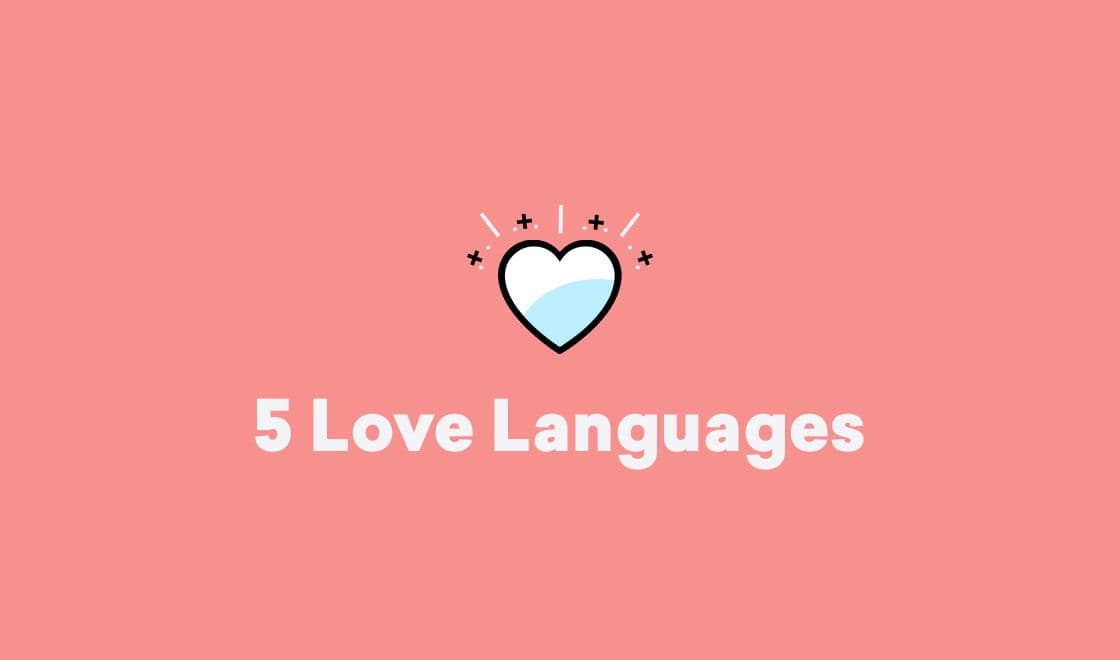
The five love languages were introduced by author Gary Chapman in his book of the same name. The theory is that individual people, as a summation of their upbringing, life experiences, and even DNA, tend to give and receive love (in both romantic and non-romantic relationships) through different channels. These channels, according to Chapman, can be distilled into what he calls the five love languages: Touch, Time, Gestures, Gifts, and Words of Affirmation. Here’s a breakdown of what each one entails:
- Touch: Making physical contact with people as a way of showing affection, comfort, support, excitement, or what have you. This can take place in romantic settings, but can be as simple as hugging friends upon seeing them, touching a shoulder or hand when having emotional conversations, and more.
- Time: This is time spent with someone, whether in person, on the phone, doing an activity, or simply being in the same space.
- Gestures: This boils down to thoughtfulness. It’s having the other person on your mind. Cooking the dinner their mom made for them on tough days. Picking up their shampoo at the store because you noticed they were running low.
- Gifts: Not to be confused with gestures, this is more along the lines of presents than little acts of thoughtfulness. Spoiling a person. Celebrating moments with a physical thing.
- Words of Affirmation: In a personal relationship context, this can be “I love you,” “I appreciate you,” “thank you” just to start. But even in a work context, like a manager to direct report, this can be “you’re doing great work,” “you really went the extra mile on this project.”
Probably the most important part of this theory is identifying how you and your partners or friends give and receive love. It’s about recognizing that maybe actions that are not particularly meaningful to you, carry a lot of weight for your counterpart. Maybe you show love through physical touch, but your partner prefers words of affirmation. By recognizing that your partner wants to hear or read how you feel, you may change your behavior and make sure to simply say “I love you” or “you look great” more often. On the flip side, if you know that your partner shows love through gestures, then maybe the next time they pick up a pack of gum for you or send you a link to a video you might like, you’ll be able to pause and recognize that they’re showing affection.
Learning about your partners’ love languages is ultimately intaking data, having conversations, and acting on them. We’re able to do this with our customers as well. When you have the right technology, you can gather and take action on data that helps you to speak to customers in the way that’s right for them. This doesn’t mean there’s an equivalent set of languages for customer/brand relationships, but when you’re able recognize that a certain user responds well to promotions versus general engagement campaigns, or when you know that they are more likely to engage on a certain channel or at a certain time, that helps you not only to improve your own engagement metrics and ROI, but also hopefully helps the customer get what they need from your brand as well.
Let’s not forget that you, as a brand, have love languages as well. Maybe you like to give with gestures like sending personalized recommendations to users. Maybe you (as a brand) like to receive with time, be it spent in your app, browsing your site or otherwise. When you’re able to recognize your languages, you’re sort of identifying engagement goals, in highly humanized way. What are you going to give? What are you hoping to receive in return? Thinking about customer relationships like they’re personal relationships might just be the next wave of your engagement strategy.
Thinking about customer relationships like they’re personal relationships might just be the next wave of your engagement strategy.
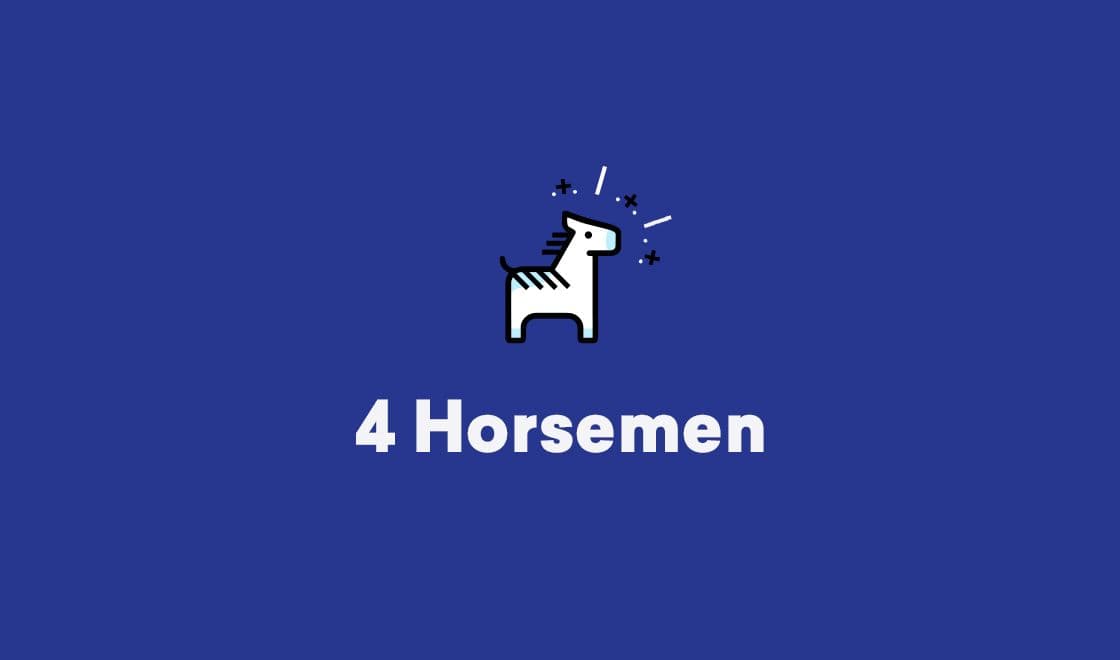
Don’t worry, you’re not about to read an argument comparing customer engagement to the biblical signs of the apocalypse. (I mean, I love a good metaphor, but there are limits, people!) There is, however, a relational conflict theory developed by prominent relationship psychologist John Gottman that’s inspired by the same idea. Gottman theorizes that there are four horsemen, or four signs, that indicate the ultimate demise of a relationship. They are: Criticism, Contempt, Defensiveness, and Stonewalling.
- Criticism: Criticism isn’t inherently bad when it is constructive and fair, but in this context, criticism is often scathing, doled out without intention to seek a solution but instead with the intent to argue with or harm the other person.
- Contempt: Contempt can rear its ugly head in many forms. It can be direct, literally talking down to your partner. It can be through constant sarcasm or humor at the other person’s expense. Ultimately, it is born from feelings of disgust, anger, or repulsion.
- Defensiveness: This one is familiar, since being defensive can help protect us from attack in war, sports, and the like. In the context of relationships, defensiveness is often an inability to accept blame, the tendency to deflect or to cast blame onto your partner when confronted. The main problem here is a lack of communication or introspection.
- Stonewalling: Perhaps the most common example of stonewalling is “the silent treatment.” It’s shutting down, refusing to have emotional conversations or to talk about issues. It’s a punishment by way of silence or absence. Storming out after a fight can be another example—it’s complete avoidance of communication.
Much like Chapman’s Five Love Languages, the theory of the Four Horsemen is not meant to condemn a relationship, so much as to give perspective on how to be more self-aware and present in a relationship, ultimately recognizing toxic behaviors in yourself or your partner and making the active choice to avoid them and turn to more constructive alternatives.
Let’s turn to customer relationships again. The first two horsemen, criticism and contempt, can be a reminder that every interaction with your customers is an opportunity to either add to or diminish the value you bring to them. In customer/brand relationships, word of mouth or physical reviews in the app store or on services like Yelp can make a big positive or negative impact on a brand’s adoption and acquisition. On the brand side, consistent, relevant, personalized experiences throughout the customer journey are key to avoiding the feelings and perceptions that come with these two.
Defensiveness is a reminder that the customer journey goes way beyond the screens. In the event that a customer files a complaint, or takes to social media or review sites, it’s in a brand’s best interest to acknowledge those customers and their feedback. A recent HBR study found that brands that respond to customer feedback tend to have higher ratings and reviews overall. Much like the way a person in a relationship should avoid defensiveness or a refusal to accept blame, brands should take moments of confrontation with customers as an opportunity to work together, make them feel heard and valued, and maybe even strengthen that relationship. Want a real-life example? Take KFC’s response to running out of chicken in stores across the UK. They acknowledged their mistake, apologized, and had a good laugh with their audience (plus, some nice press coverage).
Lastly, let’s address stonewalling. This could occur on either side of the customer-brand relationship. Think about it—have you ever booked a flight and anxiously called the airline when your confirmation took too long to arrive in your inbox? The silence builds anxiety that ultimately damages your relationship with that customer. On the brand side, ensuring that you’re always communicating important information to your customers can help keep them from feeling like you’re stonewalling them. Whether it’s security updates, welcome messages, or purchase confirmations, communication can help customers feel at ease.
On the customer side, maybe stonewalling is not engaging with any of your push messages without a clear indication as to why. With the continued updates from Apple and Google to help users unsubscribe from emails and push notifications that they are engaging with, it’s important that brands take this kind of silence as a clue to communicate with users better or differently. That could look like giving them a break, like how Duolingo turns off push reminders after a lack of engagement, or it could mean giving users the opportunity to define how and when you talk to them through a preference center or re engagement campaign.
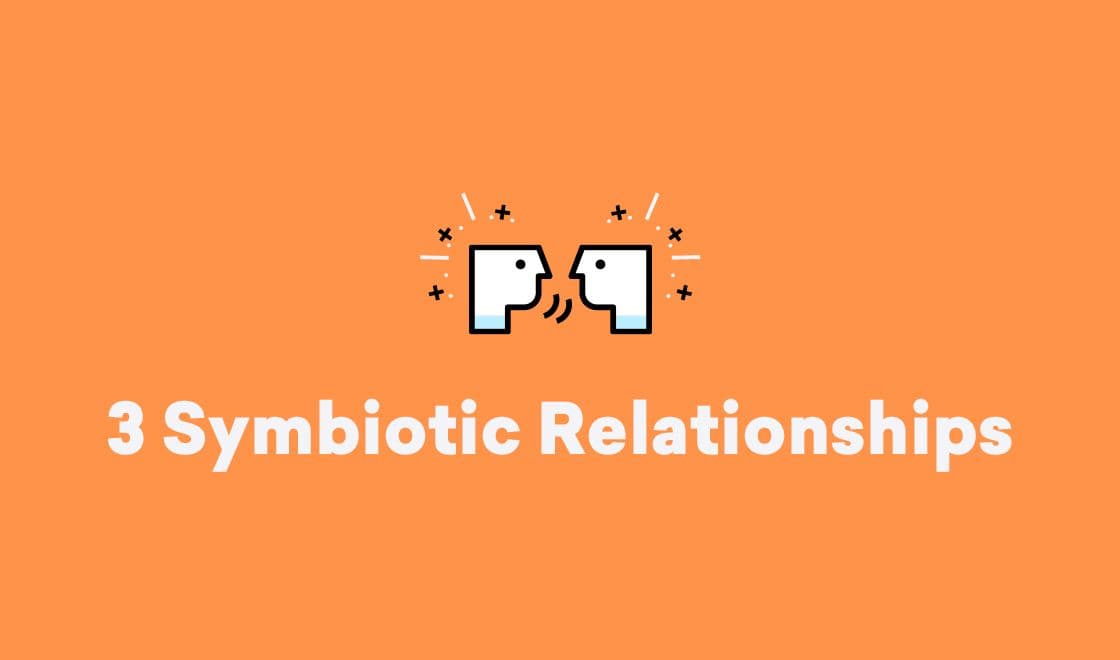
You may recognize these from high school biology class. In nature, there are generally three types of symbiotic relationships, which can refer to any long-term biological relationship between two organisms. The three types are:
- Mutualism: In which both species benefit from the relationship. For example, a bee and a flower. Bees need the pollen to make honey, flowers receive pollination from bees as they carry pollen from plant to plant.
- Commensalism: In which one party benefits while the other neither benefits nor is harmed. An example is the Remora Fish with sharks and whales. The Remora attaches to the shark or whale, eats leftover krill and other food, but ultimately the shark or whale is unaffected by the fish’s presence.
- Parasitism: In which one organism benefits and the other is harmed. The most popular example here is ticks and their hosts. Ticks take blood, carry disease, and ultimately harm whatever creature is their host while they thrive.
It’s pretty clear in this case that most brands want to be in a mutualistic relationship with customers—one in which the customers benefit from the brand’s presence in their lives and ultimately the brand get a loyal customer, and strong return on investment.
What might a commensialist or parasitic customer/brand relationship look like? It’s a little difficult to think of an example of a brand that people choose to engage with that either harms or doesn’t impact their lives at all, so perhaps we conceptualize it a little differently. Maybe for customer/brand relationships, the “neutral” is the purely transactional provided service. That’s the bare minimum of what a brand should do for customers, after all—providing the promised service.
With this neutral in mind, a commensalism relationship might be one where the brand has a bit of a monopoly on a market—for example, maybe there is only one ride-sharing company available in an area. In a commensialist relationship, this might be purely a utilitarian relationship for customers, while the brand or company is getting engagement and revenue. A parasitic relationship might come into effect if that same company abuses tools like surge pricing to take advantage of customers rather than simply to balance supply and demand. How to make this same example mutualistic? Take Lyft’s most recent example in which they offer free rides to vote on election day. This provides a gift or gesture to customers (see: love languages) and also allows customers to feel good about supporting the brand.
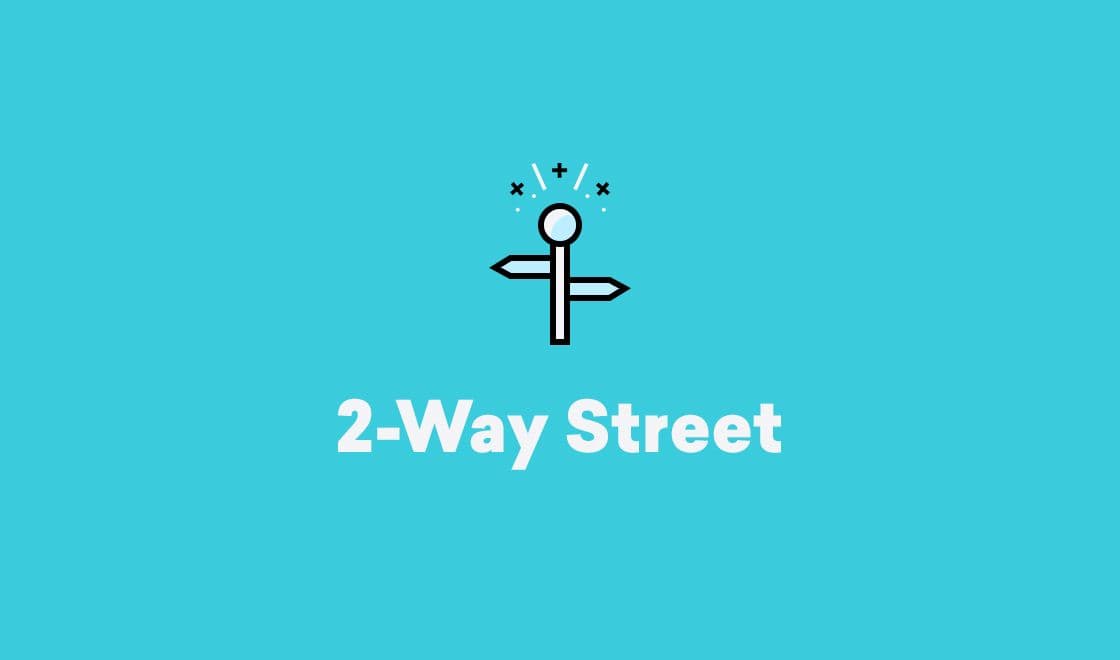
This one is simple. Relationships are a two-way street. Conversations go both ways, or they’re not conversations. Partners need to communicate and listen. To push each other out of their comfort zones, but also respect boundaries. To give as much as they take.
In your customer/brand relationships, it’s important that you don’t rest on the laurels of a good product. Showing your users that you understand them through the ways that you communicate can have a massive impact your relationship. For example, it’s one thing to be a great food delivery app, it’s another to give accurate and real-time updates as people wait for their food, to send messages that show you’re listening to users’ likes and dislikes, and to build a rapport with customers using your messaging, overall. In fact, a recent study conducted by Forrester Consulting on our behalf found that when brands feel considerate, natural, and personal and appeal to them on an emotional level, consumers are more likely to purchase from, engage with, recommend and be loyal to those brands.
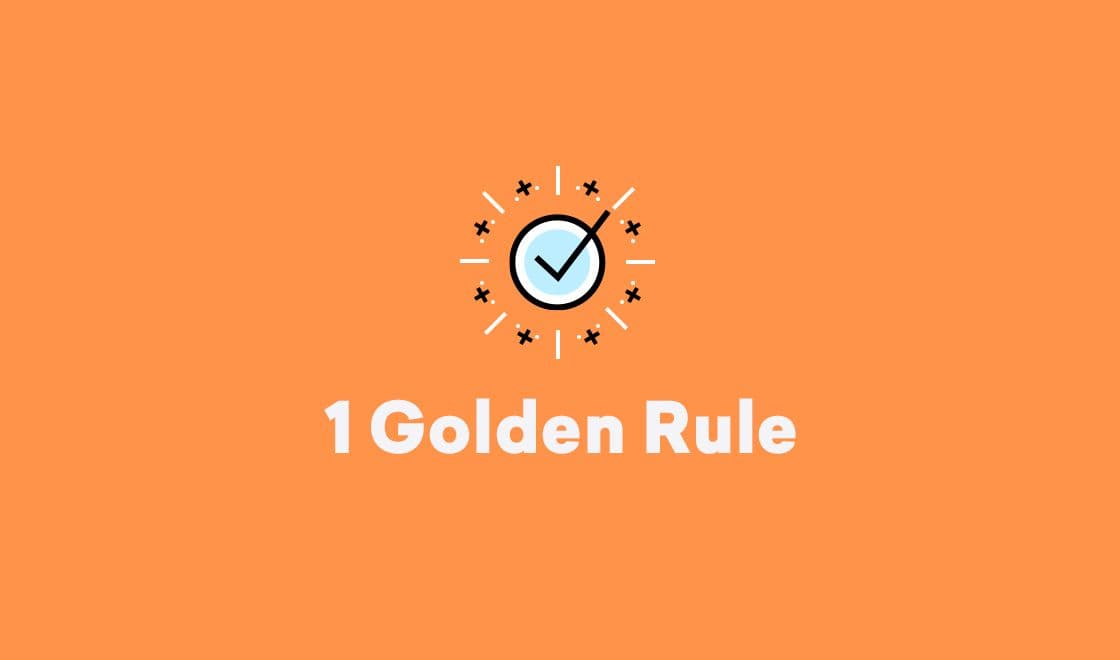
Do unto others as you would have them do unto you. Or, more simply, treat others how you want to be treated. This rule is simple, many of us have known it our whole lives. A lot of us have also failed to comply with it. Most of us have been on the wrong end when someone else fails to comply. When we’re thinking about this in terms of marketing efforts or customer/brand relationships, ultimately it comes down to taking off our marketer hats, and remembering that we’re human beings who interact with brands on the daily as well.
Have you ever seen a campaign that you really liked? Maybe use that for inspiration for your team’s next one. Really enjoyed a chatbot experience that helped you get support that you needed? Maybe explore updates to your brand’s chatbot. Did you wake up to four text messages from one brand between the hours of 1 and 3am? Take that kind of experience back to your team and use it as motivation to make sure you’re using tools like location data and Intelligent Timing to send messages at times that make sense to users.
The examples are endless, but at the end of the day, this is about remembering that your customers are human beings who want to be treated as such. It’s unlikely that you’ll be able to offer each and every customer a 1:1, human-to-human experience. But there are ways to use technology to make automated experiences like your cross-channel messaging still feel like human interactions. Testing copy to see what language resonates with your customers, using their preferred channel, offering them suggestions and specials that are personal and individualized are all great ways to accomplish this.
These relationship theories range from preschool mantras to the results of years of professional study, but at their core, they call for the same thing. Call it work, call it attention, call it presence. Whatever resonates most with you, it’s important to recognize that each of these theories requires a certain degree of self-awareness and communication. The Golden Rule, perhaps, is the summation of all of them. It simply asks that you recognize the way you want to feel, the way you prefer to be spoken to, and asks that you give that same courtesy to the people in your relationships.
If you’re looking for more inspiration about the hows and whys of humanizing your relationships with your customers, explore our precedent-setting piece of commissioned research, conducted by Forrester Consulting on behalf of Braze. We call it the Braze Brand Humanity Index, and it’s your first step in connecting with your customers on a human and emotional level—with the business outcomes to back it all up.
Be Absolutely Engaging.™
Sign up for regular updates from Braze.
Related Content
View the Blog
How AI Decisioning Transforms Marketing (A Complete Guide)

Team Braze

AI decisioning cheat sheet: How to crawl/walk/run with BrazeAI Decisioning Studioᵀᴹ

Team Braze

A day in the life of a data scientist on the BrazeAIᵀᴹ forward-deployed engineering team
